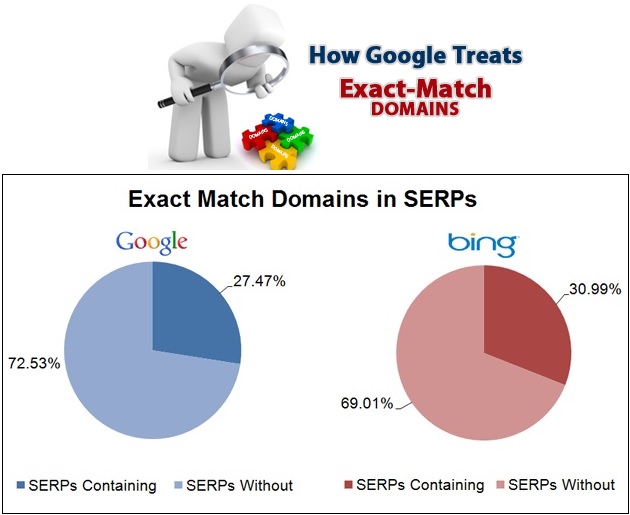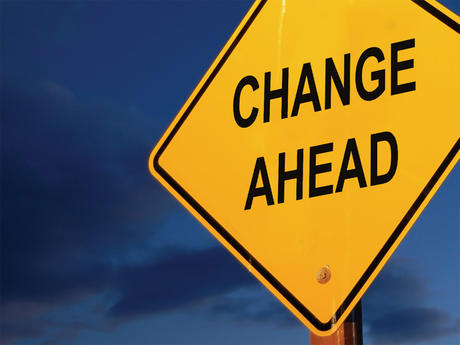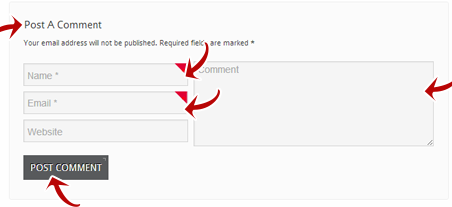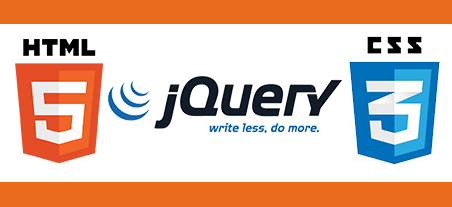 Some years back, websites are nothing more than basic frames, navigation bars, moving texts and blinking graphics, and very large images used as backgrounds. There was no apparent regard for some principles of website design and user-friendliness.
Some years back, websites are nothing more than basic frames, navigation bars, moving texts and blinking graphics, and very large images used as backgrounds. There was no apparent regard for some principles of website design and user-friendliness.
Two important things which can make or break your website have to be considered in any web design – users and search engines.
A Website Designed for Users. Optimum usability is the secret to any site’s high traffic. Users find visiting your site convenient and useful.
Download Speed. Ideally website should load not slower than 4 seconds. Otherwise, close the page and move on to the next. Avoid Flash, too many pictures or videos that auto plays – they will definitely slow down the page loading.
Easy Navigation. Users do not want to be confused or lost when navigating your page. Maintain the same look for each page so as not to confuse users. Keep your navigation bar seen in the upper part of the website.
Matching Theme Colors. Colors can do two things – invite users to read on or drive them away. The art of color psychology must be learnt and applied. Choose the right color that will be appealing to the users.
Keep Your Content Informative and Well Researched. Users are hungry for relevant, informative, and useful content. No user will stay on a page with rubbish material.
Keep Your Contact Page Visible. This is one of your landing pages so it must be visible. This will help you gain leads and acquire potential clients. Make it inviting for users to gain access to.
A Website Designed for Search Engines. Search engines employ spiders to crawl through website pages. You should make your web design recognizable to these spiders.
Include Correct Meta Data. Your meta data represents your website or site pages in the search results after a query related to your content is done. This includes your Meta title and description and keywords which can be placed in the HTML code of the site.
Create XML Site Map. Sitemap generators are available in the Internet today, for free and all you have to do is to add your URL, copy, and submit it to search engines. Search engine spiders will be able to crawl to your pages and index them accordingly.
Customize Your URLs. Always use words in the URL instead of numbers or parameters. This helps in search engine indexing.
Use CSS. Cascading Style Sheets help organize and simplify your code. This will make up for the quick loading of your website. This helps both users and search engines to have easy access to your site.
Images with “Alt tags”. The inability of search engine spiders to read images require the inclusion or addition of “Alt tags” or alternative texts to provide for a worded description of your images which are recognized and read by spiders.
Research Right Keywords. There are many tools available to help in keyword research like Google Adwords or Wordtracker, among others.



